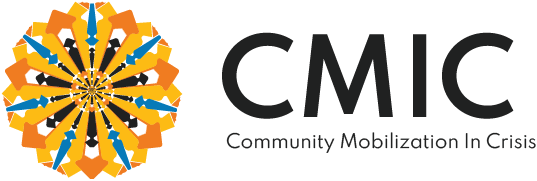As we have studied, community mobilizations can take place around one or several projects, which are characterized by its elements (scope, time and budget), its temporary nature and lifecycle.
During the planning stage, the community generally defines a fixed and specific scope for a project, characterized by its final deliverables, whether it is a product – a community school – or a service – a community market event. This scope should be planned according to the needs and resources identified by the community at the early stage of a project.
However, over time, the needs and resources available can change, in a way that the community might feel the need to change the scope. In a context of crisis, where successive constraints accumulate, delivering the scope previously defined might be an impossible challenge. Therefore, if community members are not able to adapt the projects to their new realities and priorities, projects can be seen as a sequence of “failures”, discouraging those involved.
Therefore, even though it is possible that a community mobilization is organized around some specific projects, the value of a community mobilization itself should not be defined by the “success” or “failures” of its projects involved. That requires a reminder on a daily basis, since projects consume a meaningful amount of time from community members.
Thereby, it is important to highlight that the community mobilization is not about its temporary projects and tangible deliverables. To the opposite, it is mainly about the collective process, which aims to produce positive social change. In that way, emphasizing the process, the learnings and the capacity of the community mobilization to build healthy communities is important.
In this video, Ana Beatriz explains how her experience in the Estrutural Committee in Tempo de Plantar movement helps her to feel a sense of importance, motivating her to be involved in her community. In this case, despite the “failures” of some projects, such as keeping the seeds alive and continuing the work after COVID-19, the value of the community mobilization is on the collective process and its capacity to produce more potential of positive social change.
MVI_2382 [0:08 -1:33]
Transcript
In your e-portfolio,
- Can you think about a situation when your community did not succeed in accomplishing a specific objective in time¿ How has your community reacted to this “failure”? How were people feeling?
- Can you think about some “success” of the same situation?
- Can you think about a situation when your community did succeed in accomplishing a specific objective¿ Was it also a success in terms of a collective process, a healthy environment and learnings?
- Was this specific objective achieved in the expense of the community well-being?
- In your point of view, is it possible to achieve projects’ objective success and contribute to a healthy and collective community process at the same time? How to do so?
